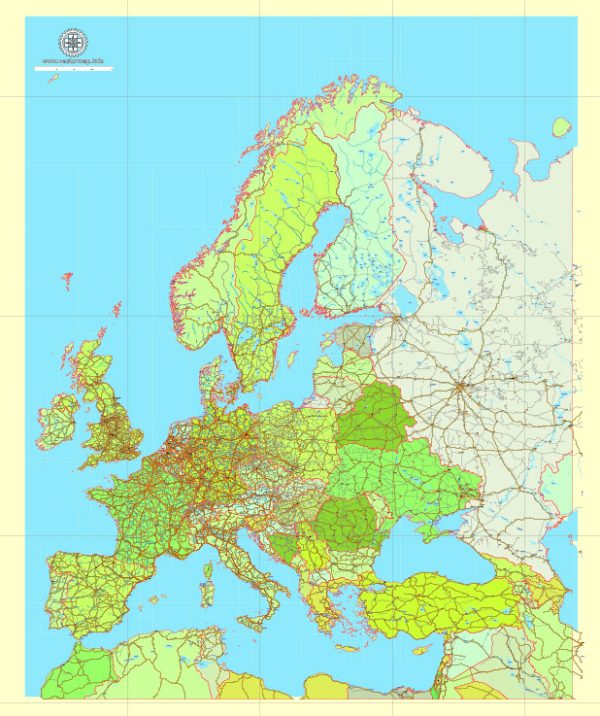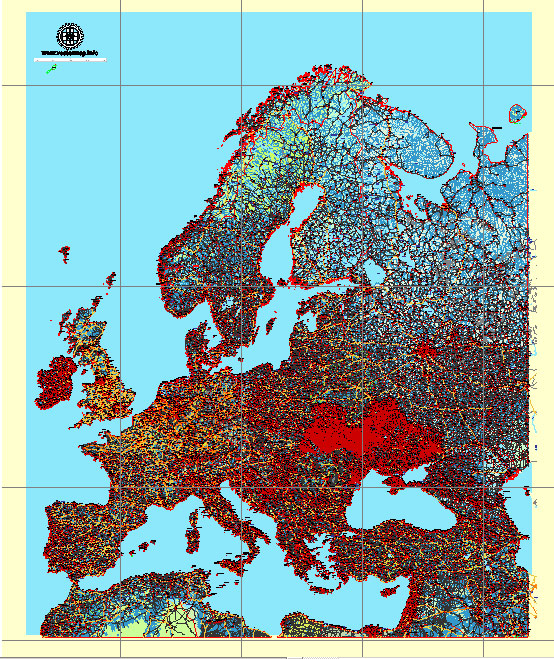Europe is home to a variety of water resources, including rivers, lakes, groundwater, and coastal waters. Here are some of the main water resources in Europe:
- Rivers: Europe boasts many major rivers, which are essential for transportation, agriculture, and energy production. Some of the most significant European rivers include the Danube, Rhine, Seine, Thames, and Volga. These rivers flow through multiple countries and play a crucial role in the continent’s water supply.
- Lakes: Europe is home to numerous lakes, with the largest being Lake Ladoga and Lake Onega in Russia, Lake Vanern and Lake Vattern in Sweden, and Lake Geneva on the border of Switzerland and France. These lakes serve as important sources of freshwater, recreation, and ecological diversity.
- Groundwater: Groundwater is a vital source of freshwater in Europe. Many countries rely on groundwater for drinking water, agriculture, and industry. The quality and quantity of groundwater vary across the continent, with some regions facing issues related to over-extraction and contamination.
- Coastal Waters: Europe is surrounded by several seas and the Atlantic Ocean. The North Sea, Baltic Sea, Mediterranean Sea, and Black Sea are the most prominent coastal waters. These provide not only water resources but also support various economic activities such as fishing, shipping, and tourism.
- Reservoirs: Man-made reservoirs, created by damming rivers, are also important water resources in Europe. They serve multiple purposes, including water storage, hydroelectric power generation, flood control, and recreation. Examples include the Zegrze Reservoir in Poland and the Edersee Reservoir in Germany.
- Canals: Europe has an extensive network of canals, which are used for transportation and water management. The most famous is the Canal du Midi in France, which connects the Atlantic Ocean to the Mediterranean Sea. Additionally, there’s the extensive canal network in the Netherlands used for water management and transport.
- Glaciers: Some European mountain regions, like the Alps, contain glaciers that contribute to water resources. Melting glaciers provide freshwater for rivers and are vital for maintaining streamflow, especially during dry periods.
- Wetlands: Wetlands, including marshes, swamps, and bogs, are important for water purification and biodiversity. They serve as critical water resources by filtering pollutants and providing habitat for various species.
It’s important to note that water resources in Europe face challenges such as pollution, overuse, and the impacts of climate change. Sustainable water management is crucial to ensure a stable supply of freshwater for both human and environmental needs.



 Author: Kirill Shrayber, Ph.D.
Author: Kirill Shrayber, Ph.D.